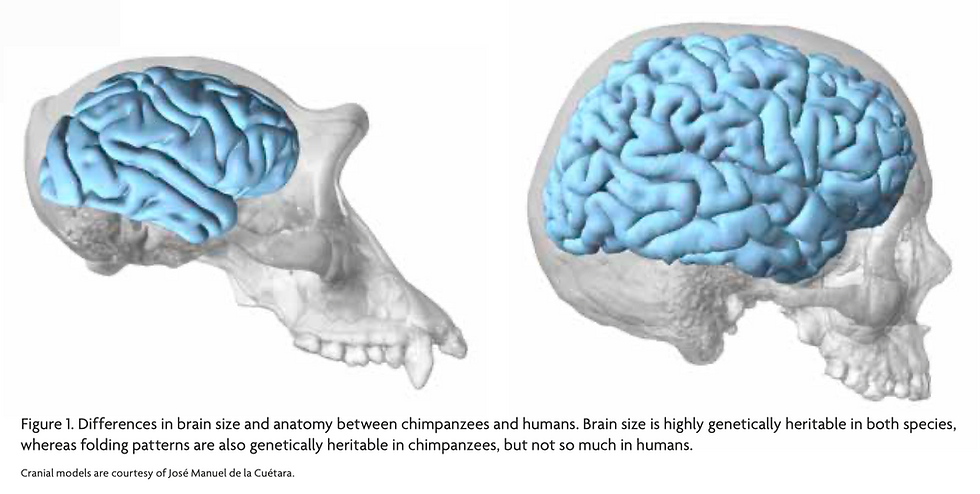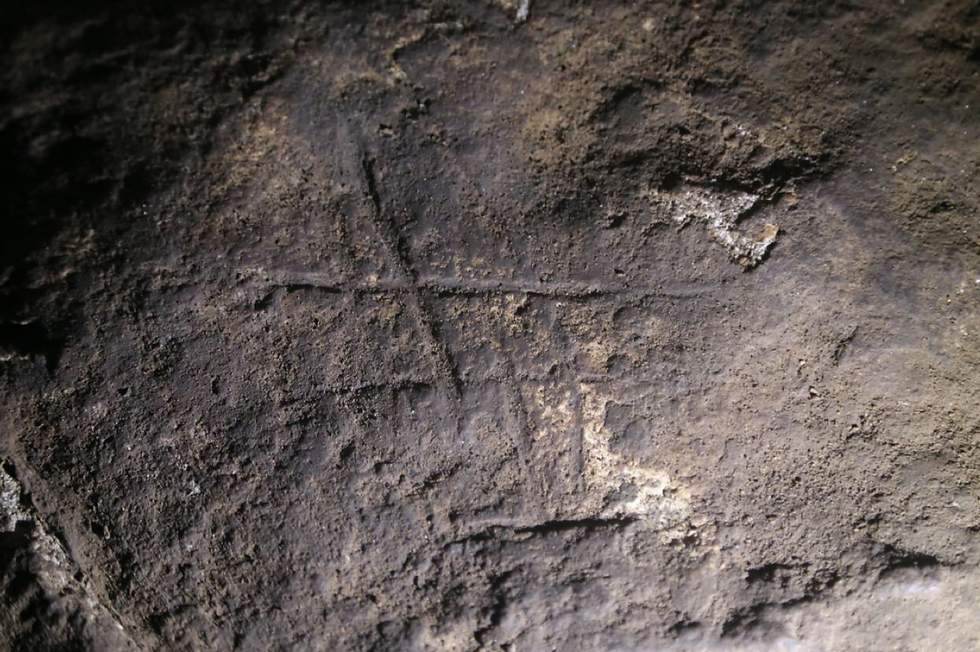Homo naledi
- Wu, Bozhi

- Mar 19, 2021
- 2 min read

The discovery of H. naledi is interesting both in terms of its unique mosaic combination of skeletal characteristics and the unique environment in which it was first discovered.
According to the documentary and Berger et al.’s paper (2015), H. naledi has a relatively small skull and stature, similar to Australopithecus. Also, from the length of its arms, the morphology of its pelvis, and the configuration of the shoulder, we can induce that while it was an efficient bipedal walker, it has also preserved some of the Australopithecus-like features, maybe related to arboreal locomotion. On the other hand, its cranium morphology, despite the size, is very similar to the ones of early Homo. For instance, it exhibits frontal bossing, pronounced supraorbital torus, and only slight post-orbital constriction. Its hands, feet, teeth, and jaw were also found to be more advanced, more homo-like. From the morphological features, especially its small cranial capacity, researchers have originally estimated it to be a species in-between the evolution of Australopithecus and Homo. However, as the fossils have now been dated to be from 236 ka and 335 ka (Dirks et al. 2017), it means that H. naledi might have lived concurrently with modern humans, which is surprising.

Even more mysterious is the location where this species was originally excavated from. The cave was extremely difficult to access, and there does not seem to be other entrances available for these early hominins to enter the location. Some have suggested intentional burial as a potential reason. Nevertheless, although I agree this might be the best explanation we have without more information, I personally consider this to be unlikely, both due to the extremely complicated and dark path they would need to travel through and the lack of arrangements and other related objects around the fossils. Of course, it is also possible that the level of ritual behavior in H. naledi has not reached this point yet. More investigations on the formation of the cave or other evidence for this explanation are needed.

Based on the aforementioned evidence, I think it is most reasonable to place H. naledi among the group of H. habilis and H. rudolfensis, primarily based on its small cranium and stature. Although we still cannot completely rule out the possibility of “reversals” from larger-brained Homo species like H. erectus or H. antecessor, I think it is relatively unlikely for the “reversal” to result in such a combination of more primitive features including shoulder morphology, curved finger bones, longer arms, etc. Therefore, I think it is better to place H. naledi among the other poorly resolved branches.
References
Berger, Lee R, John Hawks, Darryl J de Ruiter, Steven E Churchill, Peter Schmid, Lucas K Delezene, Tracy L Kivell, et al. 2015. “Homo Naledi, a New Species of the Genus Homo from the Dinaledi Chamber, South Africa.” ELife 4 (September): e09560. https://doi.org/10.7554/eLife.09560.
Dirks, Paul HGM, Eric M Roberts, Hannah Hilbert-Wolf, Jan D Kramers, John Hawks, Anthony Dosseto, Mathieu Duval, et al. 2017. “The Age of Homo Naledi and Associated Sediments in the Rising Star Cave, South Africa.” ELife 6 (May): e24231. https://doi.org/10.7554/eLife.24231.







Comments